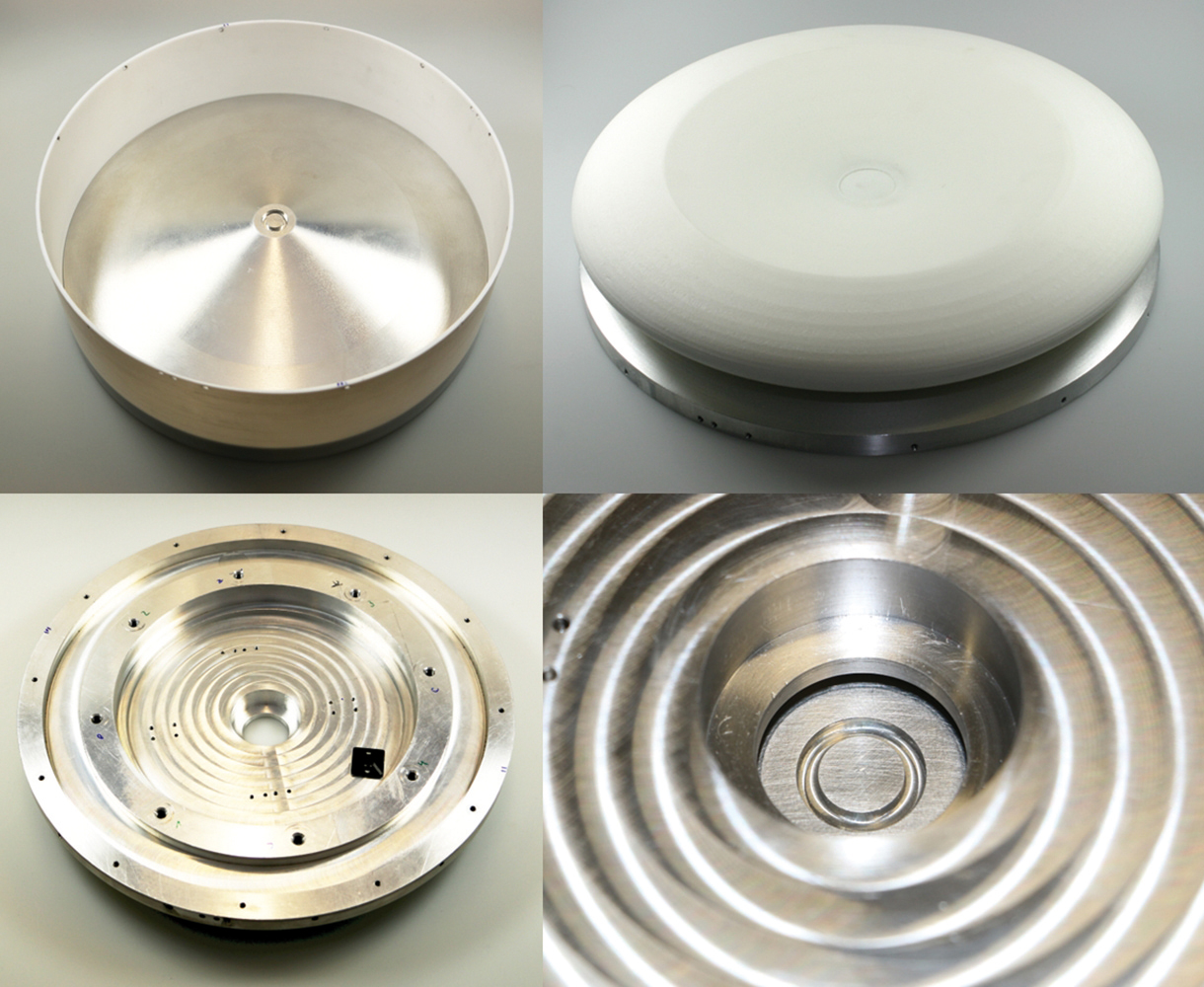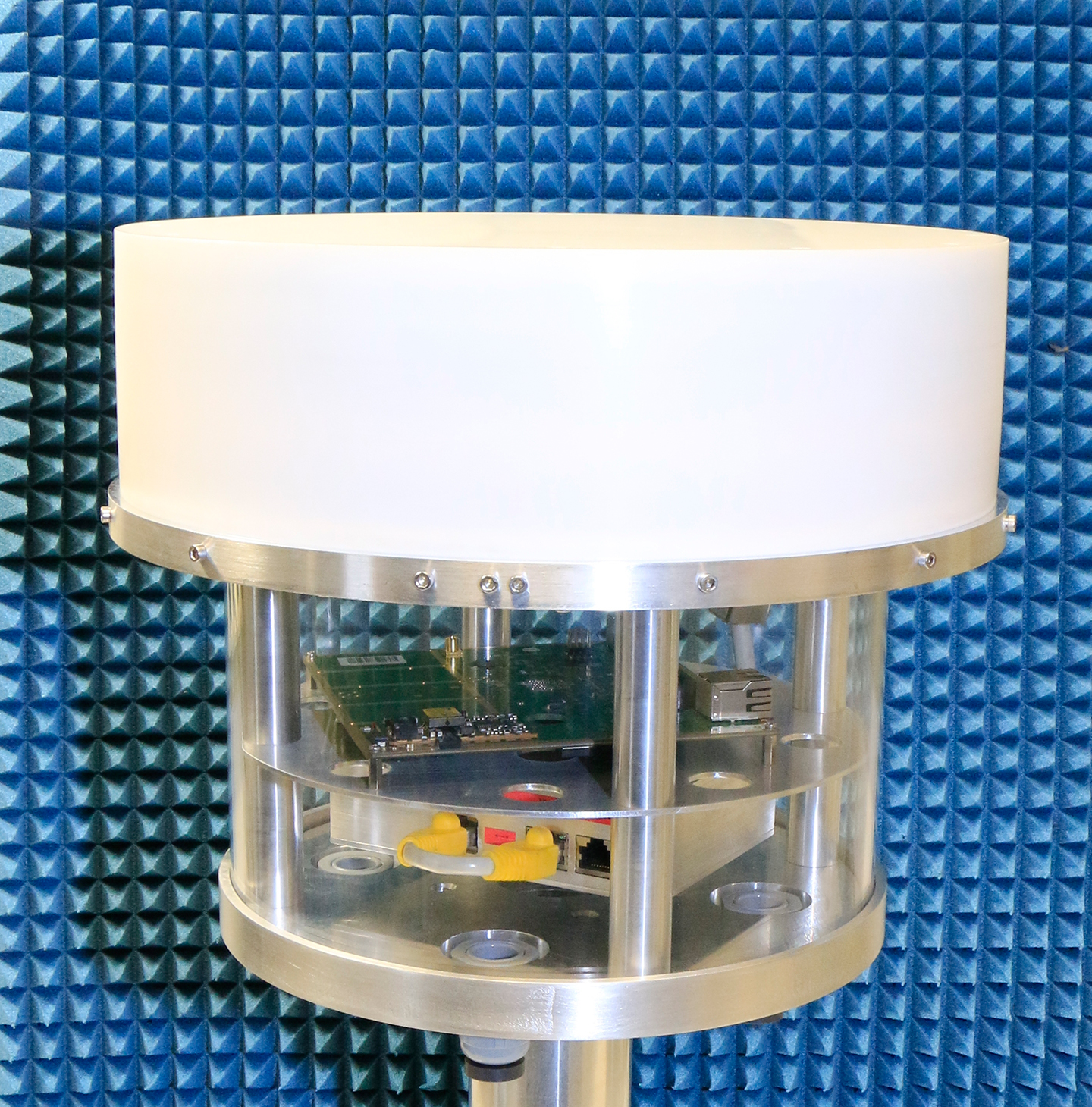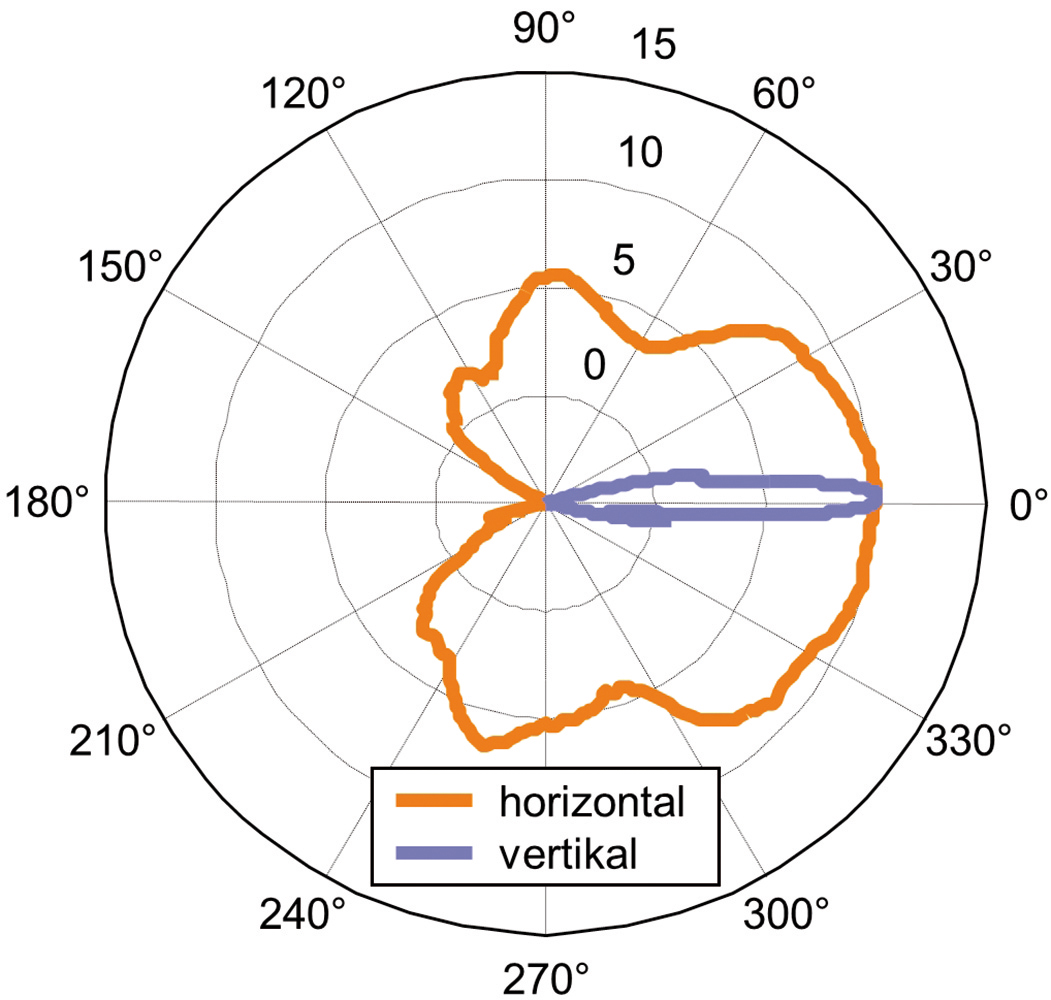SARABAND – antenna technology for broadband communication



Wireless backhauls with a transmission frequency close to 42 GHz are cost-efficient broadband solutions for small-cell mobile networks of the future. Corresponding technologies for integrated network nodes were developed within the framework of the EU project SARABAND.
Mobile networks with small cells
Due to the rapidly increasing number of smart terminals, e.g. smartphones and tablets, the mobile network operators are now confronted with an enormous increase in capacity requirements. To guarantee a high level of application quality, the operators must create networks that offer complete coverage with a high bandwidth. Small-cell technology is therefore becoming increasingly important. The operation of small-cell networks, on the other hand, places high demands on the interconnection technology (backhauls) to the core networks, which also has to be designed for high capacities and should be cost-efficient, highly reliable and capable of rapid expansion. When selecting network components, the ability to adapt to a rapidly changing network – in a cost-neutral and autonomous manner – is a very important aspect. Wireless millimeter wave backhauls are cost-efficient solutions for the small-cell mobile networks of the future. The Q-band (40.5 GHz to 43.5 GHz) is particularly interesting for this application as it represents a good compromise between the expected performance and the incurred costs.
The »Smart Antenna & Radio for Access and Backhaul for Advanced Network noDes« (SARABAND) project, which was funded by the European Union and implemented by a multi-national consortium comprising industrial companies, universities and research institutions, filled this niche. Cost-efficient technologies, such as intelligent antenna solutions and radio modules, for integrated high-performance network nodes were developed within the framework of the SARABAND project (www.sarabandfp7.eu).
In addition to antennas with high gain and a fixed radiation pattern for data connections over large distances, electronically scanning antennas are also needed to ensure that the reserved frequency band is used efficiently, installation costs are minimized and a service with constant quality is always available. The highest flexibility is achieved with a scanning range of 360° in the horizontal plane, combined with a compact design and a narrow elevation lobe to minimize interference and maximize gain.
Circular Switched Parasitic Array Antennas
As a member of the SARABAND consortium, Fraunhofer FHR adopts an approach that is based on the principle of Circular Switched Parasitic Arrays (CSPA). Here, several parasitic antenna elements are arranged along a circular path with equiangular distances. An active antenna element with omnidirectional radiation is placed in the center of the circular path. The parasitic antenna elements can be switched between two states using an electronically controllable switch. In this way, the parasitic elements are either transparent for the electromagnetic waves that are emitted from the central antenna element or they function as reflectors. This configuration facilitates electronic beam scanning in a plane with a scanning range of 360°. The CSPA principle is mostly implemented at frequencies of up to a few gigahertz, whereby the antenna elements are monopoles that sit on a common circular metal plate. Similar to the CSPA antenna in Fig. 4, which was developed for the C-band, a focusing of the radiation pattern in the elevation direction can be achieved using an additional metal plate above the antenna elements and a truncated cone-shaped, foam-filled flare of the surrounding radiation aperture.
A CSPA antenna for Q-band
Monopoles are difficult to implement in the millimeter wave range. For this reason, an innovative CSPA antenna with printed antenna elements was developed for the Q-band at Fraunhofer FHR. To keep the dimensions of the antenna as small as possible, an omnidirectional lens was formed from the foam filling between the truncated cones (Fig. 1). A housing for the Q-band radio module and the control electronics was integrated below the actual antenna (Fig. 2).
The prototype, which was developed at Fraunhofer FHR, will be tested in a wireless demonstration network of the telecommunications industry at the beginning of 2015 together with other innovative developments that emerged from the SARABAND project. A further development of the antenna with significantly smaller dimensions and clearly improved antenna properties is currently undergoing initial tests at Fraunhofer FHR.